.270 Winchester Testing New Bullets and Powders
Handloader
|October - November 2019
When the .270 Winchester appeared in 1925 as one of the rounds in the company’s new Model 54 bolt-action rifle, the chambering apparently did not sell spectacularly. This was partly due to established cartridges such as the .30 WCF (.30-30), then three decades old, and the .30 Gov’t ’06 (as the Model 54 was stamped). Many hunters assumed the .270’s original factory load, a 130-grain bullet advertised at 3,160 fps, was too fast and light for big game because they had grown up shooting the .44-40 and .45-70 and had just gotten used to .30-caliber bullets for big game.

Even half a century later many older hunters distrusted the “new” cartridge. I purchased my first .270 in 1974, whereupon my grandfather-in-law said, “I tried one of those, kid, but most stores did not carry ammunition.” Like many Western hunters of his generation, Ben was a confirmed .30-06 man, whose lone big game rifle was a Winchester Model 70 .30 Gov’t ’06, which he traded his .270 for in 1937. Other “young” hunters also encountered .270 resistance: Friend Kirk Stovall, a year behind me at Bozeman Senior High School, was afraid to buy a .270 Winchester until well into adulthood, because his father (another .30-06 man) hated the cartridge.
Despite such skeptics, the .270 eventually became one of the two most popular non-military big-game cartridges introduced before World War II, the other the .30-30.
Despite the appearance of many other rifle cartridges since 1925, the .270 still ranks way up there. This popularity is often attributed to a writer named John Woolf O’Connor, born in Arizona in 1902. Nicknamed Jack, he eventually became the shooting columnist for Outdoor Life, back when “outdoor life” primarily meant hunting and fishing, not mountain biking.
O’Connor used the .270 a lot, partly because of living in the American West. Shots at big game tended to be longer than “back east,” where the .30-30 was the quintessential deer cartridge. The flat trajectory of the .270 made 300- and 400- yard shots possible with iron sights, which dominated hunting until after the war, and the 130-grain bullet worked great on deer and wild sheep.
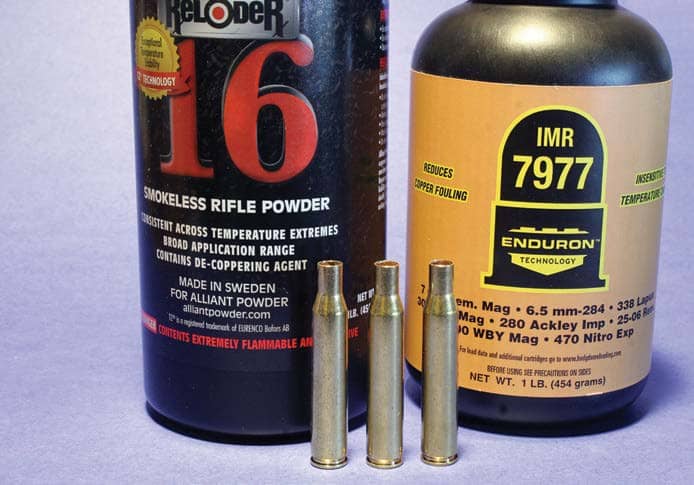
Bu hikaye Handloader dergisinin October - November 2019 baskısından alınmıştır.
Binlerce özenle seçilmiş premium hikayeye ve 9.000'den fazla dergi ve gazeteye erişmek için Magzter GOLD'a abone olun.
Zaten abone misiniz? Oturum aç
Handloader'den DAHA FAZLA HİKAYE
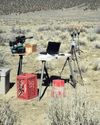
Handloader
OEHLER's New System 89 Chronograph
Measuring Bullet Performance Downrange
11 mins
June - July 2022
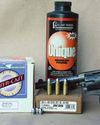
Handloader
The Problem with Low Pressure Loads
Bullets & Brass
9 mins
June - July 2022
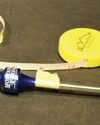
Handloader
Measurements for Rifle Handloading
Handy Techniques for Accurate Ammunition
10 mins
June - July 2022
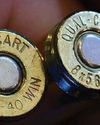
Handloader
THE BRASS RING
In Range
6 mins
June - July 2022
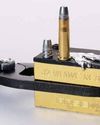
Handloader
Semi-custom Bullet Moulds
Mike's Shoot in' Shack
4 mins
June - July 2022
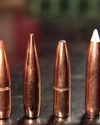
Handloader
REVISITING THE 6.5 -06 A-SQUARE
Loading New Bullets and Powders
9 mins
June - July 2022
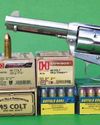
Handloader
Cimarron Stainless Frontier .45 Colt
From the Hip
5 mins
June - July 2022
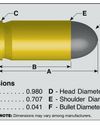
Handloader
9x18mm Makarov
Cartridge Board
5 mins
June - July 2022
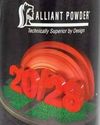
Handloader
Alliant 20/28
Propellant Profiles
5 mins
June - July 2022
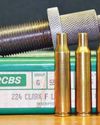
Handloader
.224 Clark
Wildcat Cartridges
6 mins
June - July 2022
Translate
Change font size

